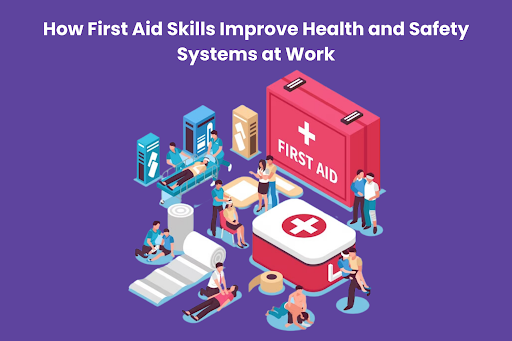Home repairs are inevitable, and they can be costly. But there are ways to save for them.
First, avoid DIY repair jobs you’re not qualified to tackle. That could lead to more expensive work or a dangerous situation. Also, look for cheaper alternatives and shop around. For example, using a coupon on paint could cut your bill in half.
- Roof Repairs
The roof is an integral part of your home that protects everything inside, including you. So, it’s no surprise that roof repairs are one of the most expensive home repairs homeowners can face.
Depending on the type and extent of the damage, repair or replacement can cost anywhere from $5,000 to $25,000 or more. If the problem is isolated and confined to a single area of the roof, partial reroofing can save you money while still giving you the benefit of a new roof.
The best thing you can do to prepare for a major roof repair is to routinely examine the condition of your roof. Getting up into your attic or crawlspace and walking around can help you identify the signs of trouble and take care of them before they get out of hand. Look for damp stains or mold on the underside of the eaves, any cracks in the shingles, and damaged flashing (the thin metal pieces that line roof valleys and prevent leaks around chimneys and skylights). Also, check out your gutters and downspouts.
- Water Heater Repairs
Homeownership is expensive enough as it is without having to deal with the sudden need for major repairs. From unexpected water damage to costly air conditioner repair, these emergency fixes can really hurt your budget and are often unavoidable.
One of the most common and expensive repairs is for a damaged water heater. It is important to inspect your unit regularly and perform preventative maintenance on a regular basis to avoid any costly breakdowns. Replacing the anode rod is a simple and affordable fix that helps protect against corrosion. The dip tube is another part of the system that can become worn down and cause a leak.
In addition, it is a good idea to replace the pressure valve annually. This will help reduce the risk of a fire in the tank, which can be very dangerous for your family.
- Plumbing Repairs
If a plumbing problem goes unchecked, it can cause severe water damage in the home and lead to costly repairs. It is important to regularly check your plumbing for leaks and signs of water damage like mold growth, so you can catch a problem before it gets out of hand.
Another very expensive repair is a sewer line replacement. If a pipe bursts or there is significant sewage back-up, you will need to have the entire pipe section replaced. This is a very messy job, and will require the plumber to break up concrete in order to access the leaking pipe.
These expensive repairs are one of the downsides of homeownership, but you can prevent them with some low-cost preventative maintenance and a little planning. If you are struggling to keep up with your home maintenance costs, seeking help from a professional buyer may be an option.
It might be a good time to ask yourself, “Will home warranty cover plumbing, water heaters, etc?”
- Electrical Repairs
Being a homeowner can be expensive, and some major repairs will need to be made. However, it’s a good idea to prioritize home repairs based on need and cost to avoid having to spend thousands on things like plumbing repairs or roof
replacements.
Another costly repair involves electrical issues, such as faulty wiring or a fuse box that needs to be replaced. This type of problem is often a safety hazard that can lead to fires, so it’s important to have it addressed as soon as possible.
It’s also important to have your electrical system inspected on an annual basis by a professional. This can catch any problems early on and prevent them from becoming more serious down the road.











